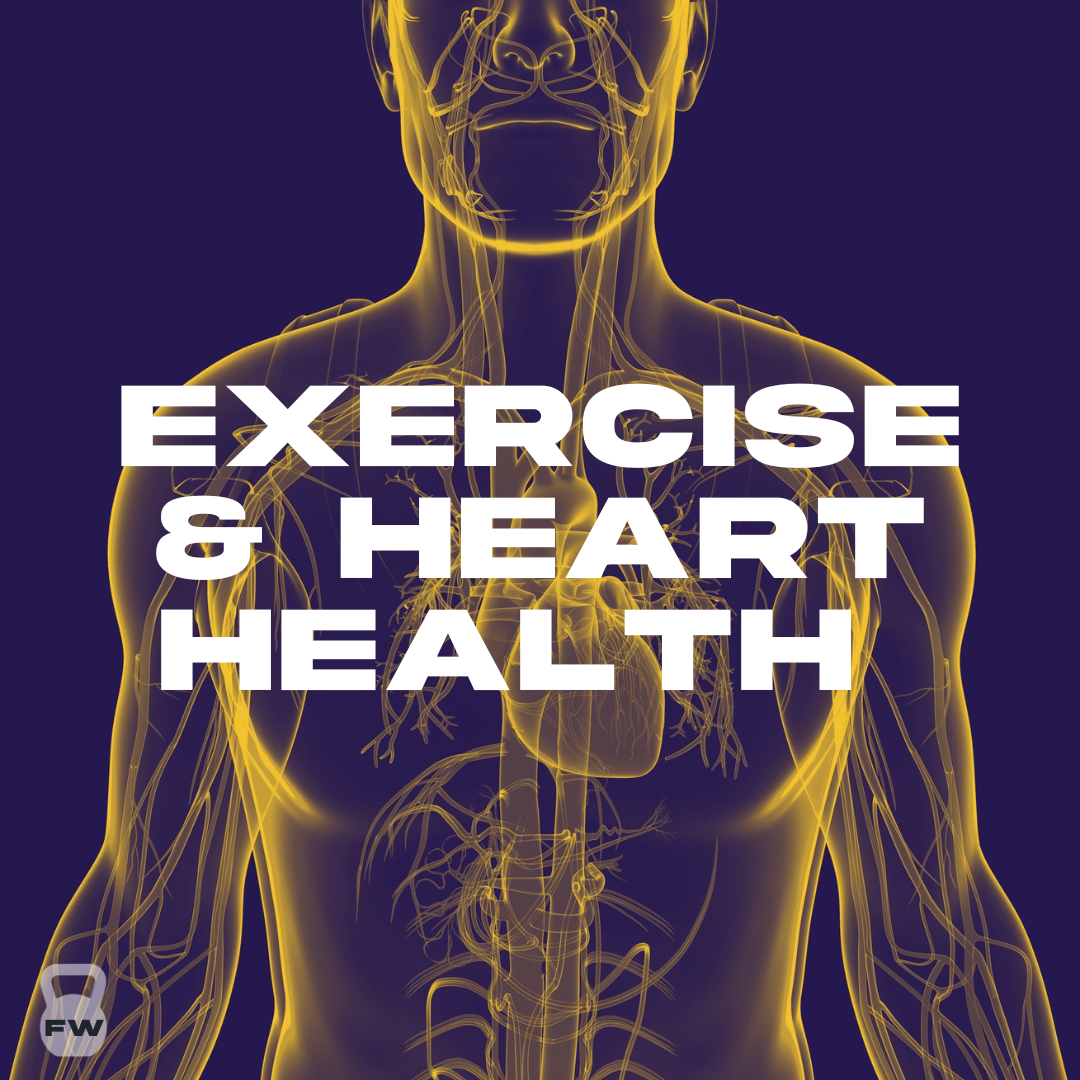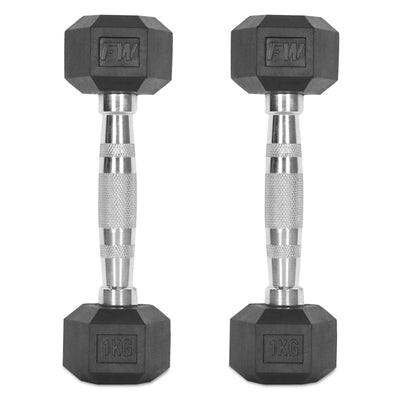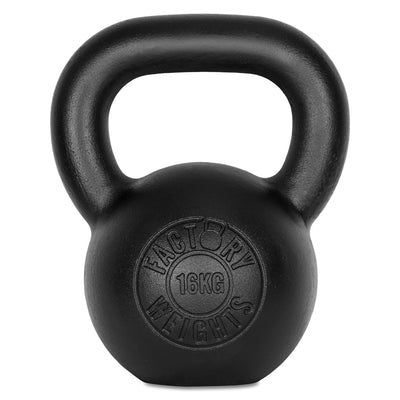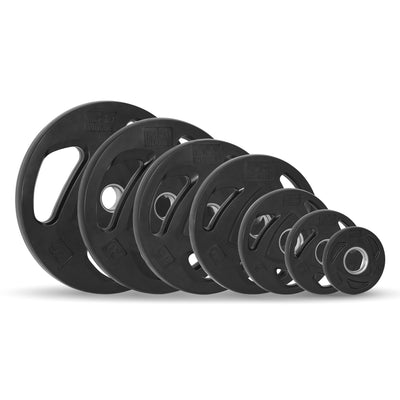Exercise & Heart Health

Cardiovascular health is essential for overall wellbeing, and there are many types of workouts that can help to keep your heart healthy. From high intensity interval training (HIIT) to low-impact exercises like yoga, there are a variety of workouts available to fit any lifestyle.
In this article, we'll take a look at a few of the best exercise groups for heart health and how they can benefit you. We'll discuss what each exercise entails, how it helps improve cardiovascular fitness, and provide tips on getting started if you're new to these activities. So let's jump right in!
HIIT
High Intensity Interval Training (HIIT) is one of the most effective workouts for cardiovascular health and improving overall fitness. HIIT involves short bursts of high intensity exercise followed by periods of low intensity activity or recovery. This type of workout can be done with any combination of bodyweight exercises, cardio equipment, or weights. The intensity of the intervals should be adjusted to your individual fitness level and goals.
When it comes to the benefits, HIIT has been shown to improve cardiovascular endurance, reduce blood pressure and cholesterol levels, increase calorie expenditure in a shorter amount of time compared to other forms of exercise, improve oxygen uptake efficiency (VO2 max), and increase muscle mass and metabolic rate more effectively than steady-state aerobic exercise. It's also great for those who are short on time as it only takes 20-30 minutes for a complete HIIT session!
For those just getting started with HIIT, begin by doing at least 10 minutes of warmup exercises such as light jogging or dynamic stretching before jumping into the high intensity portion. During the interval portion, work as hard as you can while still keeping good form and technique; aim for an effort level between 8 - 10 on a scale from 1 - 10. After each interval rest for half the amount of time you worked out; so if you worked out for 30 seconds rest for 15 seconds before continuing on to the next interval.
To maximise benefits from HIIT it's important to stay consistent with your workouts; aim for 3 - 4 sessions per week with at least 48 hours rest in between each session. And don't forget about proper nutrition; eating healthy whole foods will help fuel your body so that you can get the most out of each workout!
Swimming
Swimming is one of the best workouts for heart health. It is a low-impact exercise that can be done by individuals of any age and fitness level, making it an ideal activity choice for those looking to improve their overall cardiovascular health.
The benefits of swimming are numerous, ranging from improved aerobic capacity to increased muscle mass and strength. Swimming has been shown to reduce blood pressure, strengthen your heart muscles, improve flexibility and joint mobility, as well as reduce stress levels. Swimming is also great for calorie burning; depending on your intensity level and how long you swim, you can burn anywhere from 500 - 1000 calories in an hour! Plus the resistance of the water helps tone muscles while providing a full body workout.
If you're new to swimming, start off slow with shorter distances and shorter periods of time in the pool; focus on technique over speed or distance. When swimming freestyle (front crawl), keep your head still throughout each stroke cycle by looking straight down into the water; this will help keep your spine aligned and prevent neck pain or strain. To increase your lung capacity, breath slowly out of both nostrils while exhaling underwater during each stroke cycle in order to access more oxygen while swimming. Finally, try to focus on maintaining a strong kick throughout each stroke cycle; this will help propel you forward faster and make swimming easier overall.
When it comes to frequency and duration for swimming workouts, aim for 3 - 4 sessions per week with each session lasting at least 30 minutes (if not longer). It's important to stay consistent in order to maximise benefits from swimming so make sure you are setting aside time each week dedicated only to your workout routine! And finally don't forget about proper nutrition; eating healthy whole foods before and after your workouts will help ensure that you are getting all the nutrients necessary for optimal performance in the pool!
Strength Training
Strength training is a great way to improve heart health and overall wellbeing. Strength training has been shown to reduce the risk of cardiovascular disease, lower blood pressure and cholesterol levels, increase muscle mass and metabolic rate, as well as improve oxygen uptake efficiency. It’s also an incredibly effective form of exercise for those who are short on time; many strength training exercises can be done in just 20-30 minutes!
When it comes to the benefits of strength training, it’s important to note that strength training helps build lean muscle mass which not only contributes to a toned physique but also increases your basal metabolic rate (BMR). This means that you will burn more calories at rest than someone with less muscle mass - even when you’re not exercising! Additionally, strength training has been shown to decrease stress levels while improving sleep quality by releasing endorphins and other hormones which induce relaxation. Finally, strength training helps develop strong bones and connective tissue which can help prevent joint pain or injuries due to increased mobility.
For those just getting started with strength training, it’s important to begin slowly and work your way up in intensity. Start by doing basic bodyweight exercises such as pushups, squats, sit ups or planks for 2 - 3 sets per exercise with 10-15 repetitions each set. As you become more comfortable with the movements focus on increasing weight or reps over time; aim for 4 - 6 sets per exercise with 10-12 repetitions each set. Make sure you are using proper form during every rep in order to minimise injury risk and maximise results!
When it comes to frequency and duration for strength workouts, aim for 3 - 4 sessions per week with each session lasting between 30 - 45 minutes. If possible try to stay consistent with your workouts; consistency will help ensure that you get the most out of each session! And don't forget about proper nutrition; eating healthy whole foods like lean proteins and complex carbohydrates will help provide your body with the necessary nutrients needed for optimal performance during strength workouts.
Overall, strength training is a great way to improve heart health while also developing strong muscles and bones. So if you’re looking for an effective workout routine that will contribute towards overall wellbeing then give strength training a try!
Conclusion



